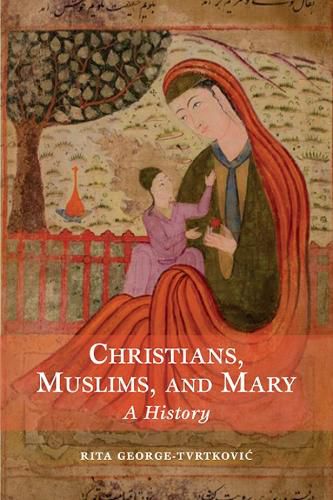Readings Newsletter
Become a Readings Member to make your shopping experience even easier.
Sign in or sign up for free!
You’re not far away from qualifying for FREE standard shipping within Australia
You’ve qualified for FREE standard shipping within Australia
The cart is loading…






Moving through history, views of Mary’s role in Christian-Muslim relations have constantly shifted back and forth from bridge to barrier and back again. This book focuses on history, and the use (sometimes polemical, sometimes irenic) of Mary as either a bridge or barrier between Islam and Christianity. It is NOT a comparative theology of Mary in both traditions; rather it focuses on how Mary has functioned within the Christian theology of Islam over time (and to a lesser degree, in the Islamic theology of Christianity). The book begins with a comparison of biblical and Qur'anic accounts of Mary. The author walks readers through these texts, with some attention given to extra-scriptural sources (hadith, Christian tradition). Subsequent chapters highlight key texts/theologians from various time periods (mostly Christians, but some Muslims) who discuss Mary in light of the other, ending with a consideration of Nostra Aetate’s groundbreaking theology of Islam.
$9.00 standard shipping within Australia
FREE standard shipping within Australia for orders over $100.00
Express & International shipping calculated at checkout
Moving through history, views of Mary’s role in Christian-Muslim relations have constantly shifted back and forth from bridge to barrier and back again. This book focuses on history, and the use (sometimes polemical, sometimes irenic) of Mary as either a bridge or barrier between Islam and Christianity. It is NOT a comparative theology of Mary in both traditions; rather it focuses on how Mary has functioned within the Christian theology of Islam over time (and to a lesser degree, in the Islamic theology of Christianity). The book begins with a comparison of biblical and Qur'anic accounts of Mary. The author walks readers through these texts, with some attention given to extra-scriptural sources (hadith, Christian tradition). Subsequent chapters highlight key texts/theologians from various time periods (mostly Christians, but some Muslims) who discuss Mary in light of the other, ending with a consideration of Nostra Aetate’s groundbreaking theology of Islam.